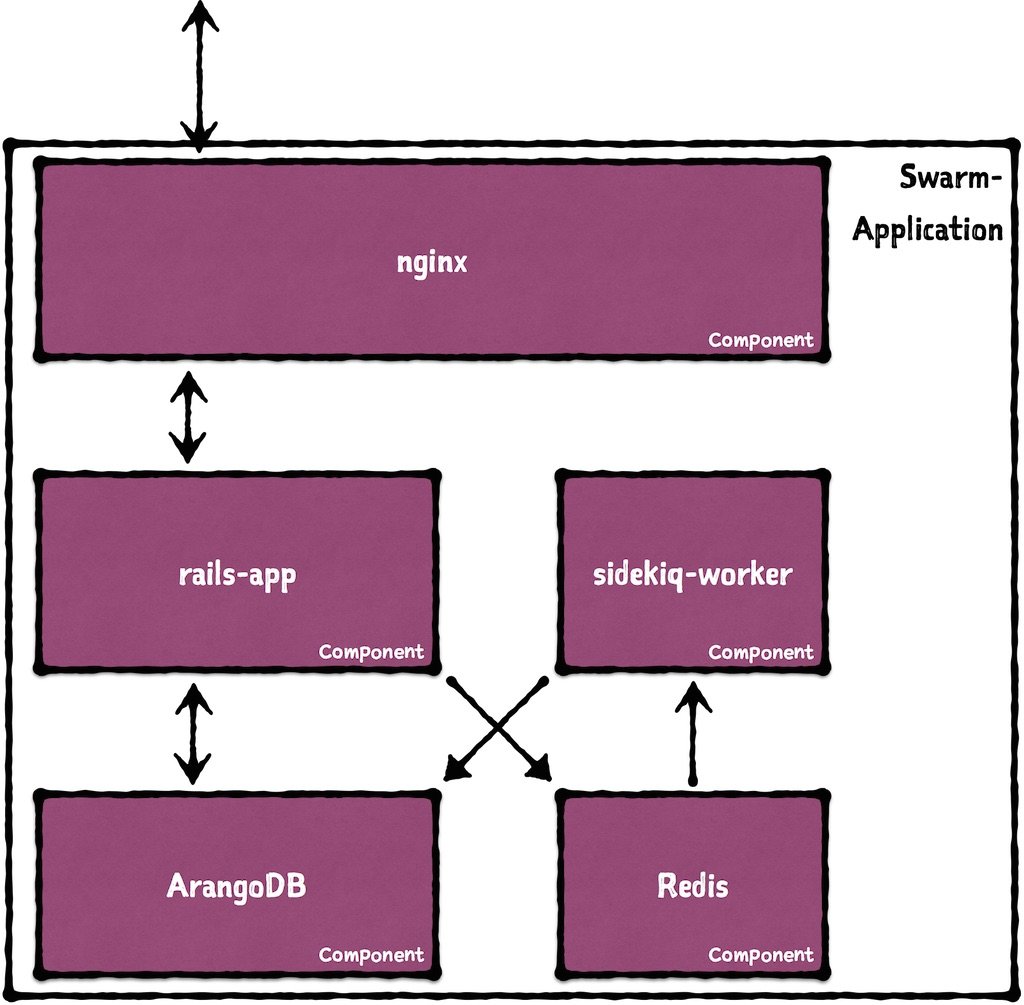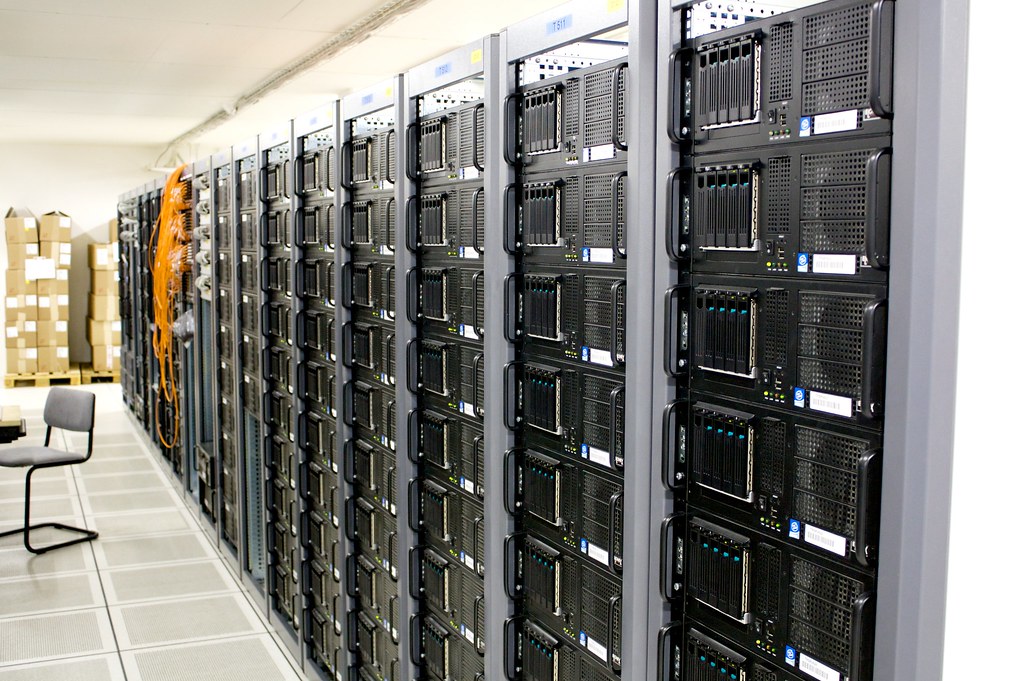The New Make or Buy Decision in Cloud - Your Own Docker PaaS
by Puja Abbassi on Jul 14, 2015

A lot has been said about how containerization and Docker enables companies to build and run their own PaaS the same way big companies like Facebook, Google, and Spotify have it internally. Some might even say that Docker needs the PaaS (or similar concepts) to be more than just containers. At the same time people are wondering, “Whatever Happened to PaaS?”. With that we have a new make or buy decision in the world of application deployment.
In theory running your own PaaS with Docker is possible, but running Docker resiliently in production at scale is not an easy task. It involves cluster management, orchestration, networking, service discovery, etc., all of which is in it’s early days (just look at the age and version numbers of the tools) and hard to do. Even the big companies, who have done this already, used a lot of brainpower and hacks to get it. Just adding “Docker support” to an existing (cloud) infrastructure is not enough. Thus, there’s a need for solutions that help building your own PaaS.
Reacting to this need Google and Amazon are starting to set up new offerings that include some container management layer on top of their existing (legacy) cloud solutions. However, you still need to book and manage virtual machines or instances to add to clusters. Further, there’s a new breed of “self-service” PaaS out there that are often developed from the ground up around Docker. However, again you have to buy/rent and manage (cloud or bare metal) machines, make them run the PaaS solution of your choice, and add them to clusters. It’s definitely less work than building the whole thing yourself, but it still involves taking care of your own servers (or cloud instances) and keeping your solution of choice running and up-to-date. Most importantly to have a “world where server code mostly just runs, without developers knowing or caring about the servers in question”, you need to actually abstract away the servers, not only make it easier to run and manage them.
We at Giant Swarm think, you shouldn’t have to worry about the underlying infrastructure at all. You should be able to just concentrate on your product and leave the rest to us. Thus, we have made it our mission to enable all the companies out there that don’t have the resources or don’t want to waste them on infrastructure, but instead put them to good use working on their product(s), to have their own individualized PaaS. Be that the individual developer or digital nomad that wants to deploy her apps and make them available to the public. Be it the small or even big (distributed) startup team, the agency that builds great apps for its customers, or the mature enterprise that needs a scalable hybrid cloud solution that even saves them resources. If infrastructure is not in the core of your company, you shouldn’t need to bother with it.
However, don’t think of it as a traditional PaaS, with all its limitations, like inflexibility in choice of languages, data stores, etc. Keep the ease-of-use of the PaaS and add to that the freedom and flexibility of IaaS (or you own servers). Than subtract away the headaches and hassles of actually running and managing servers and what you get is pretty much what we envision with Giant Swarm. If that sounds good to you, then you should request an invite and try it out yourself.
You May Also Like
These Related Stories

How Docker Made Coding and Testing New Projects Fun and Accessible
With Docker’s 2nd birthday coming up soon, I thought about what Docker has changed for me personally in this time and what that could mean for a wider …

Getting Started with Microservices using Ruby on Rails and Docker
This is a guest post by Dirk Breuer.

Enter Mayu & Yochu – Our Provisioning Tools For CoreOS On Bare Metal
Despite the ongoing growth of the public cloud market we see more and more companies operating their own bare metal. These are not only big tech compa …